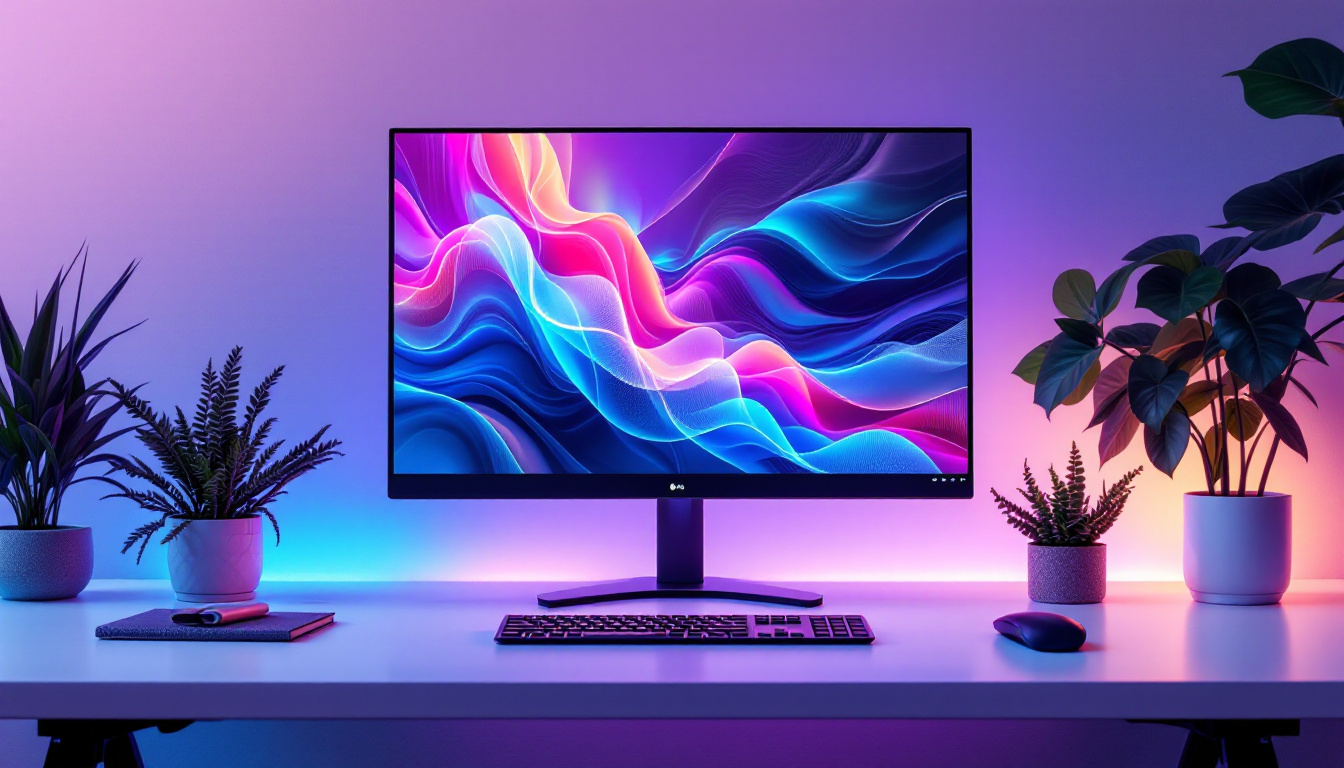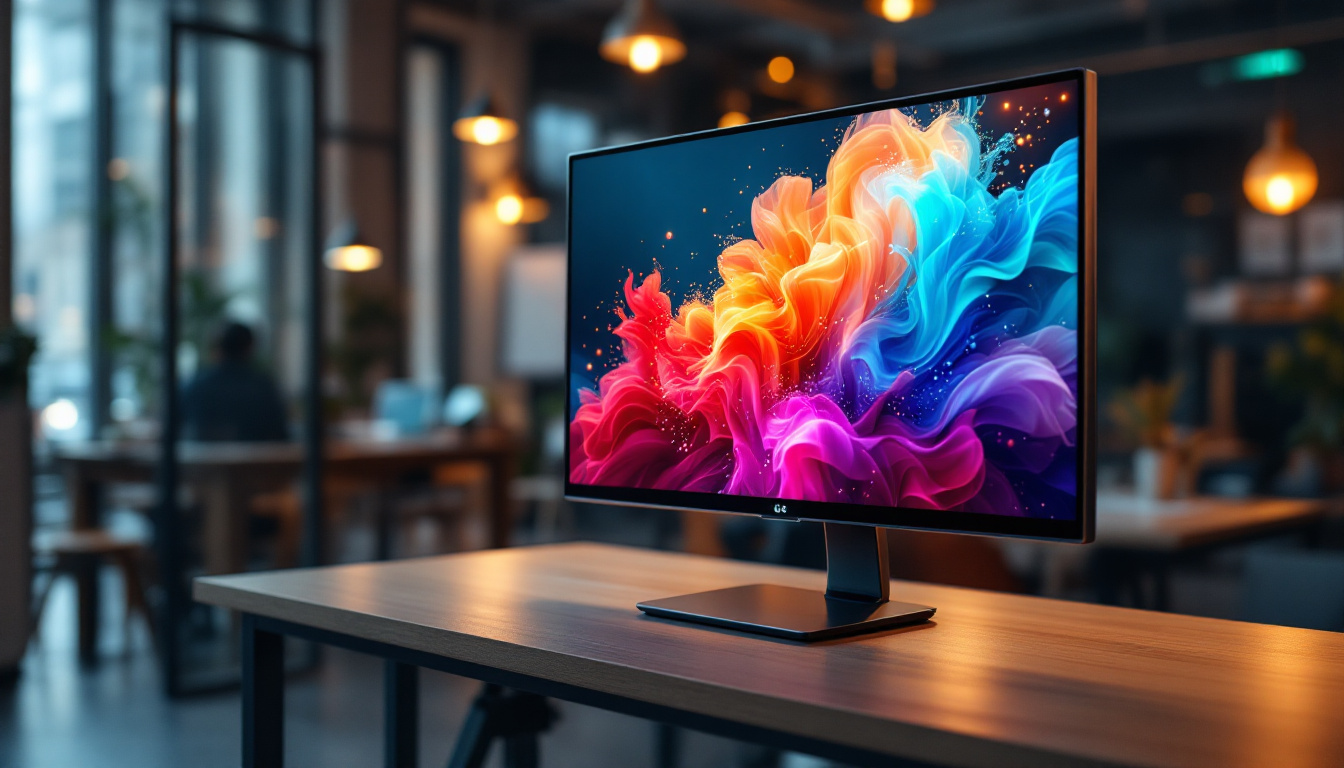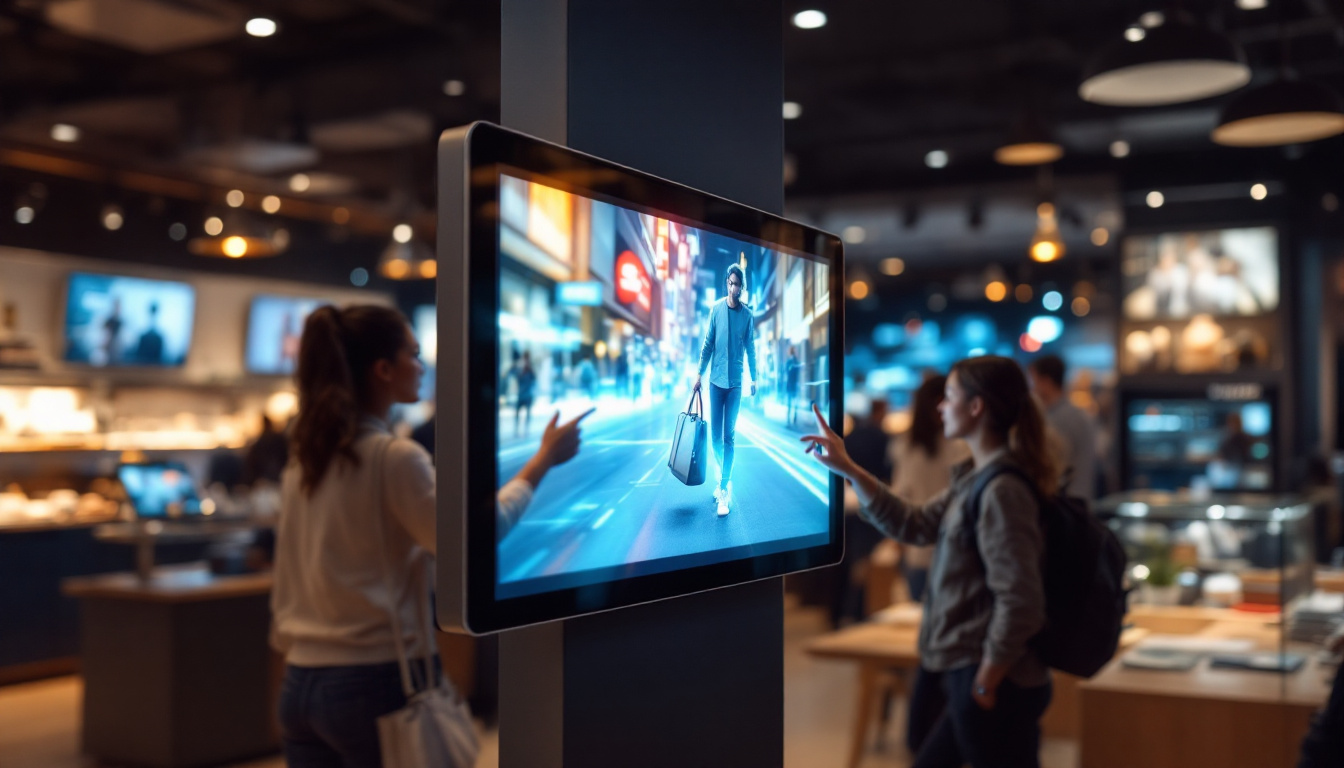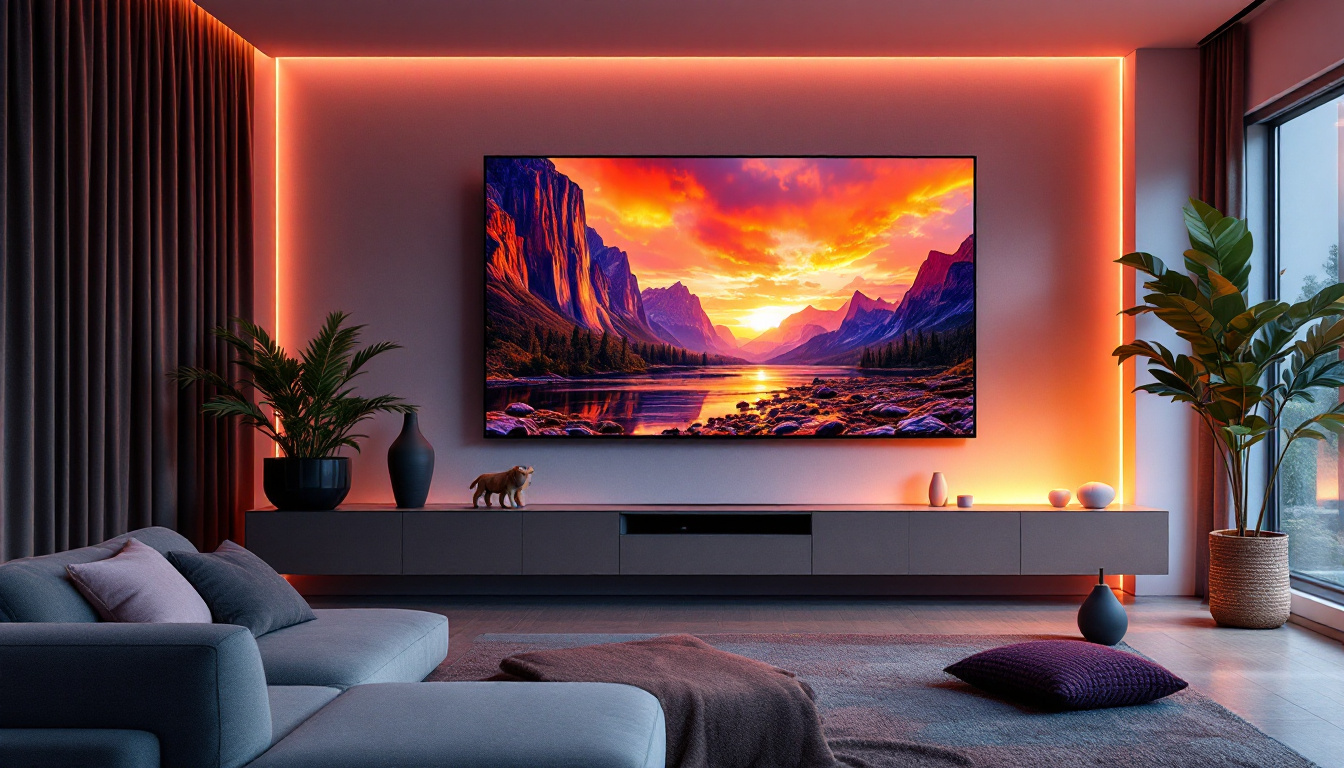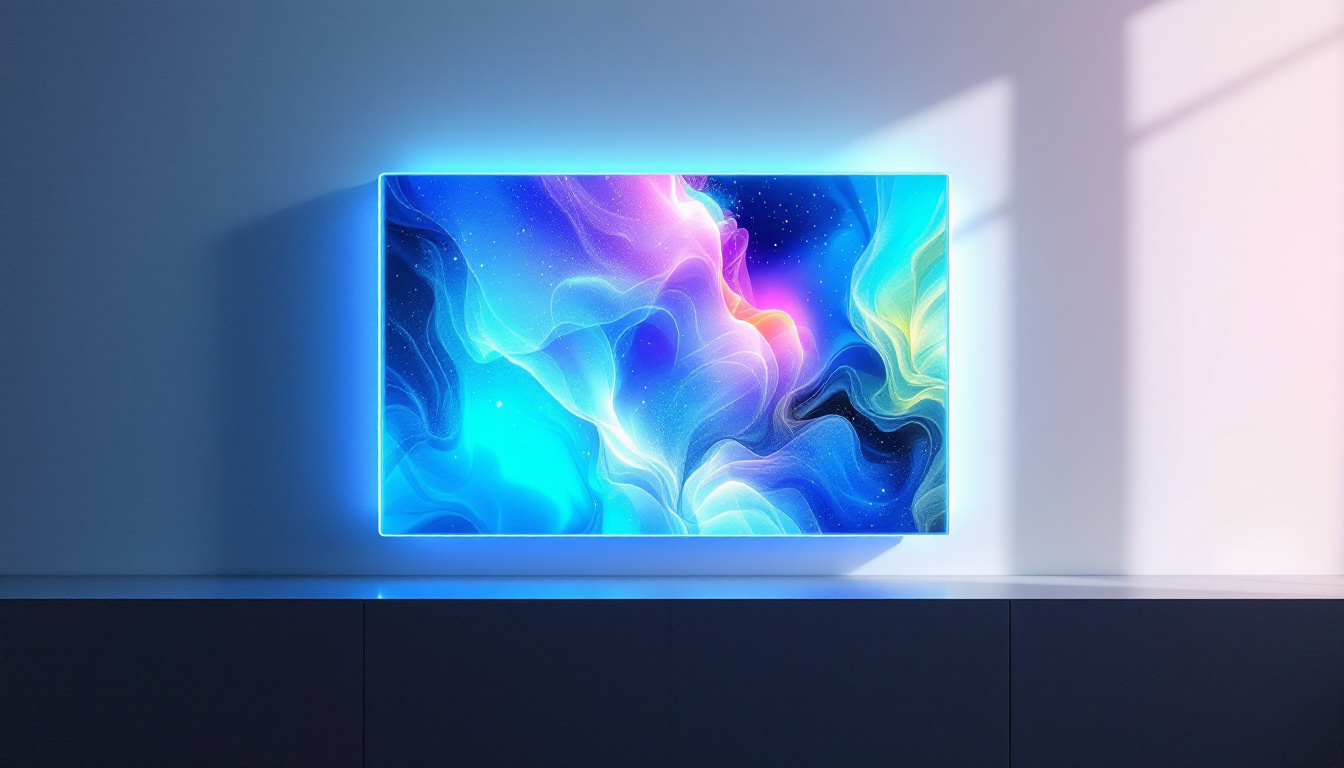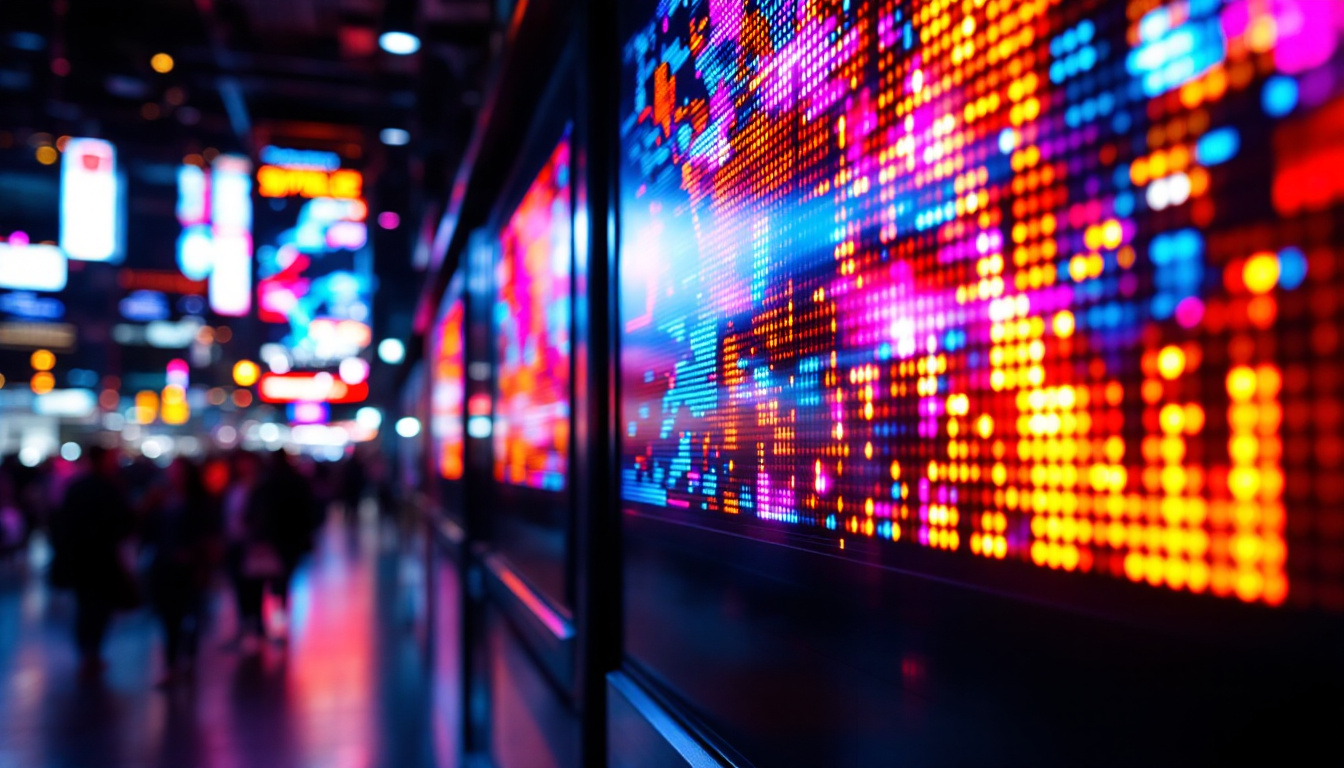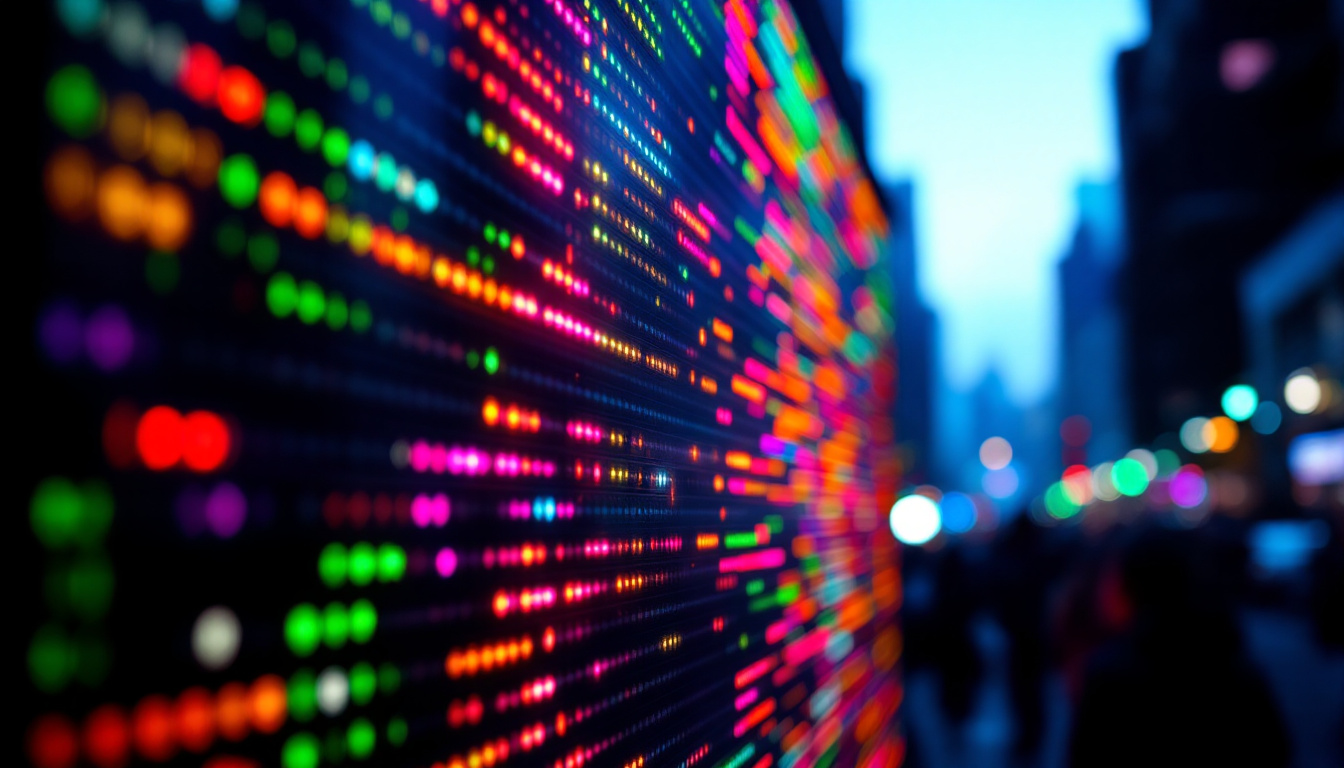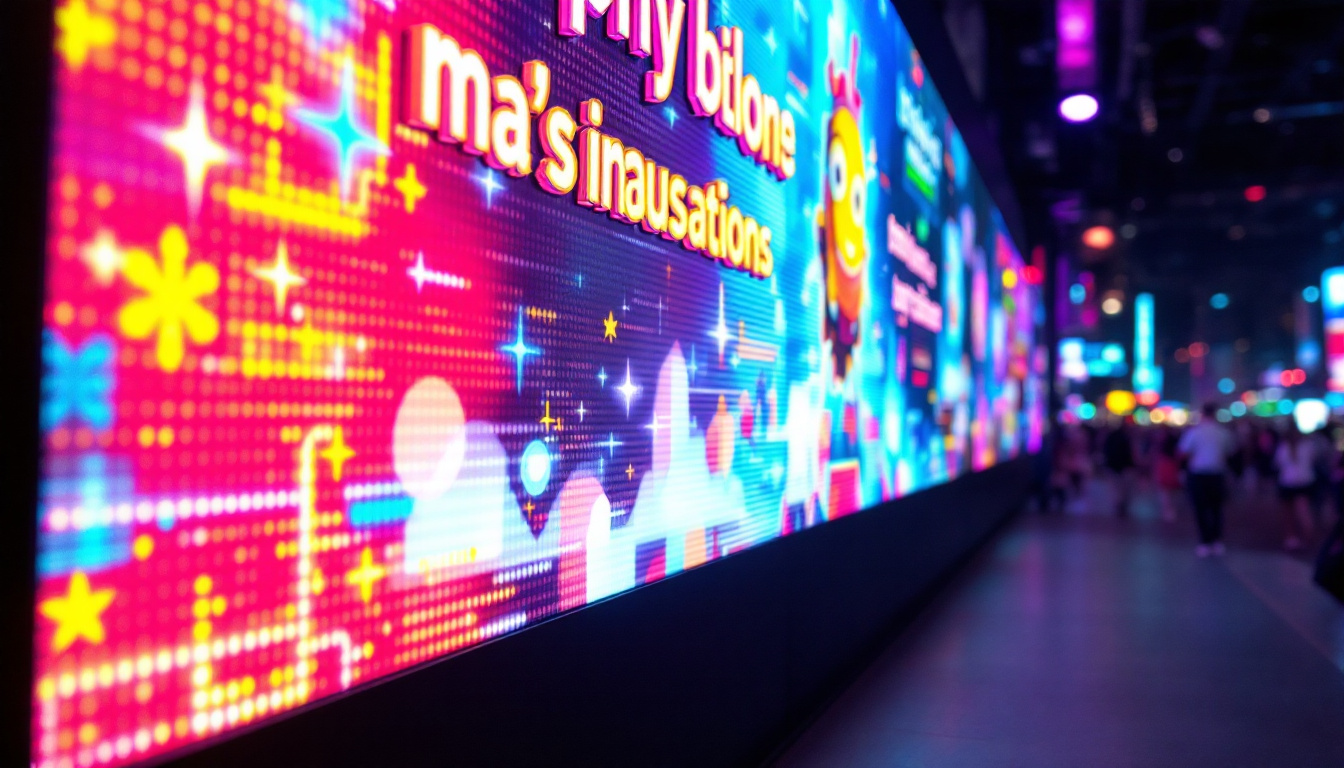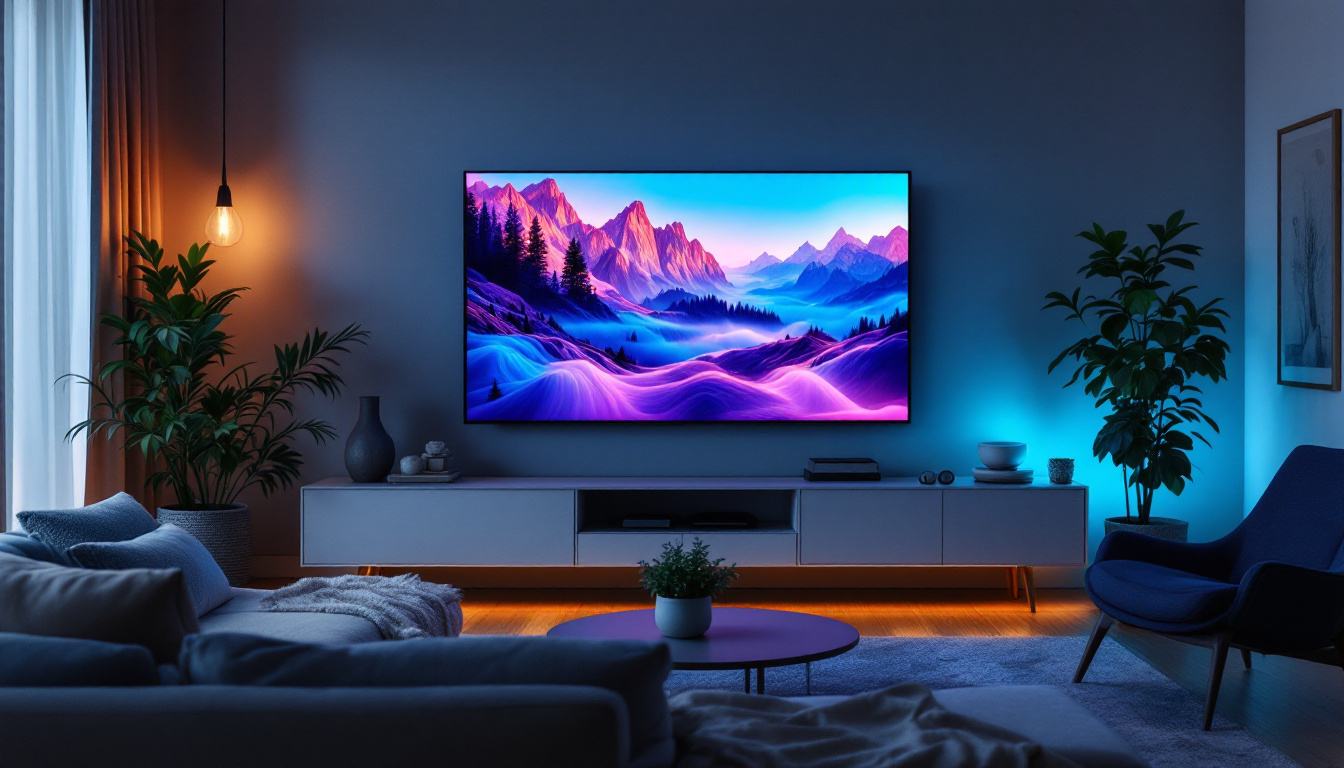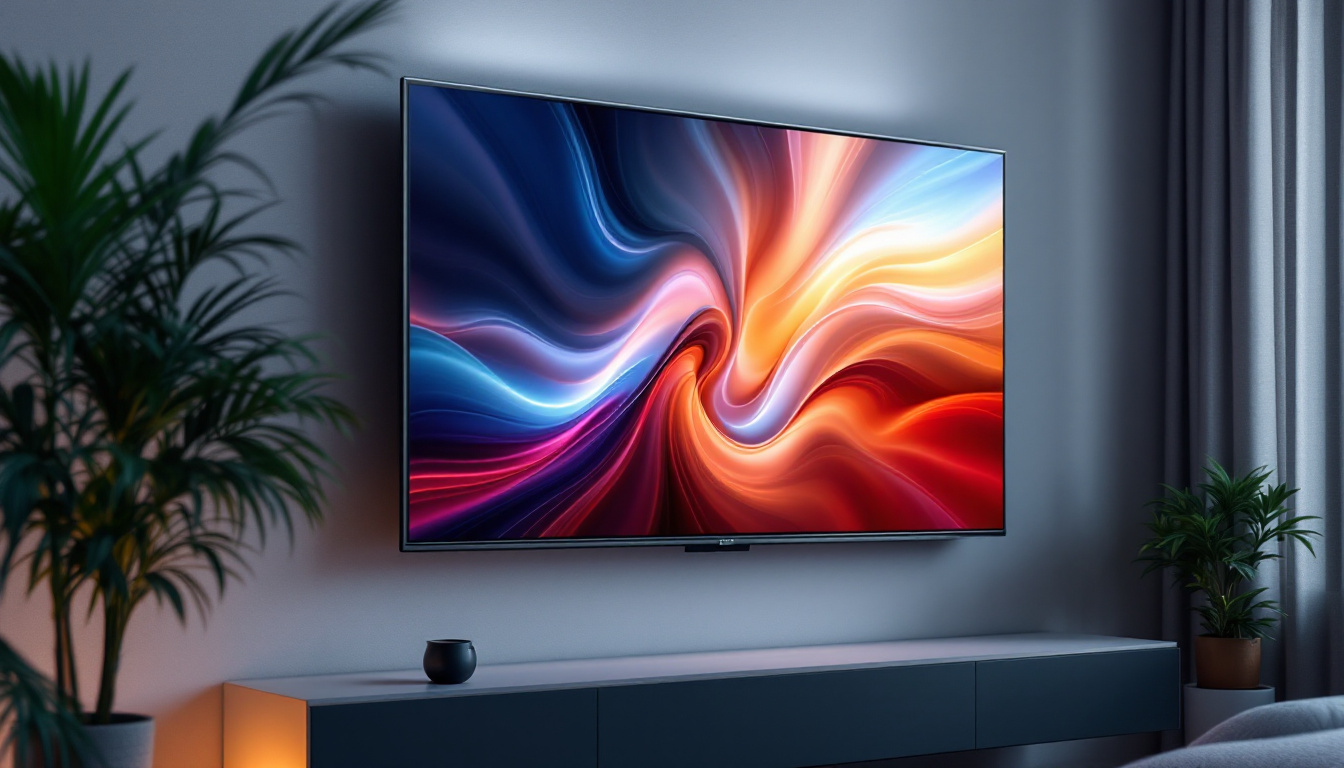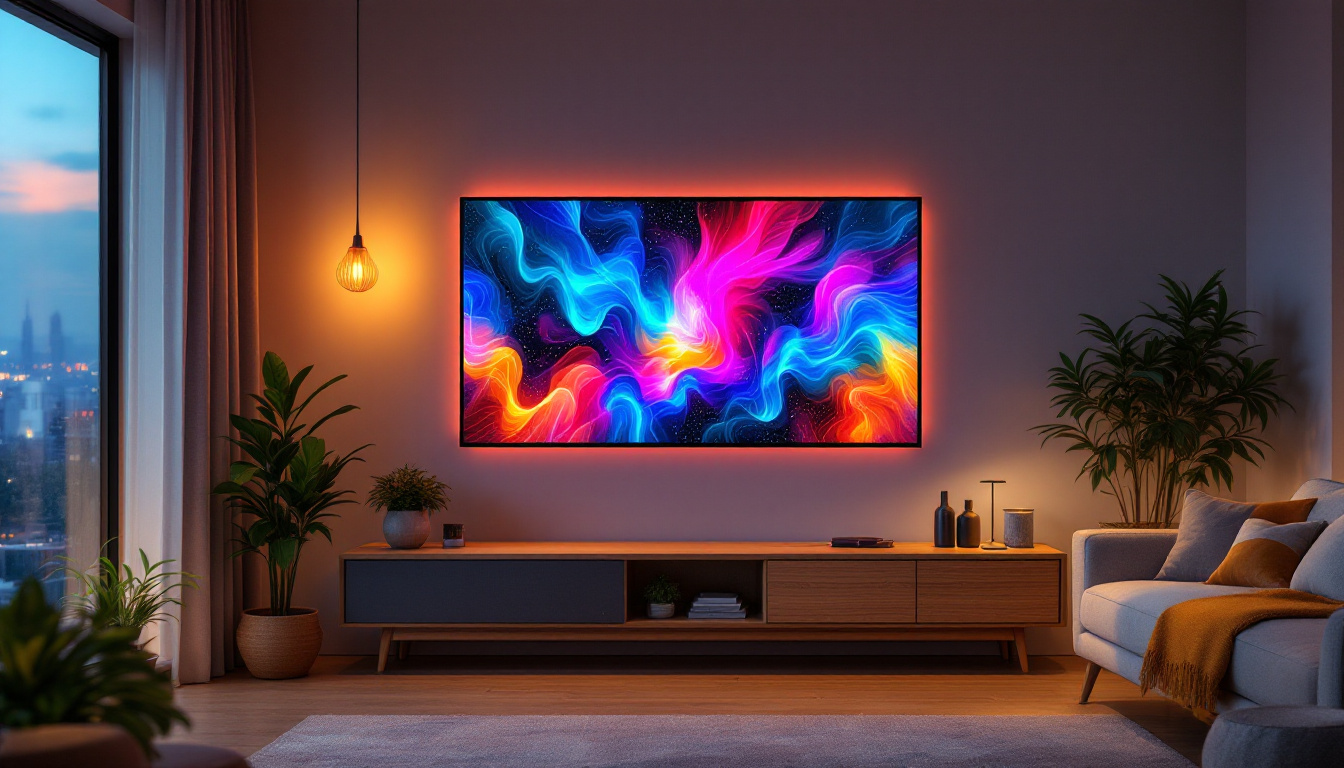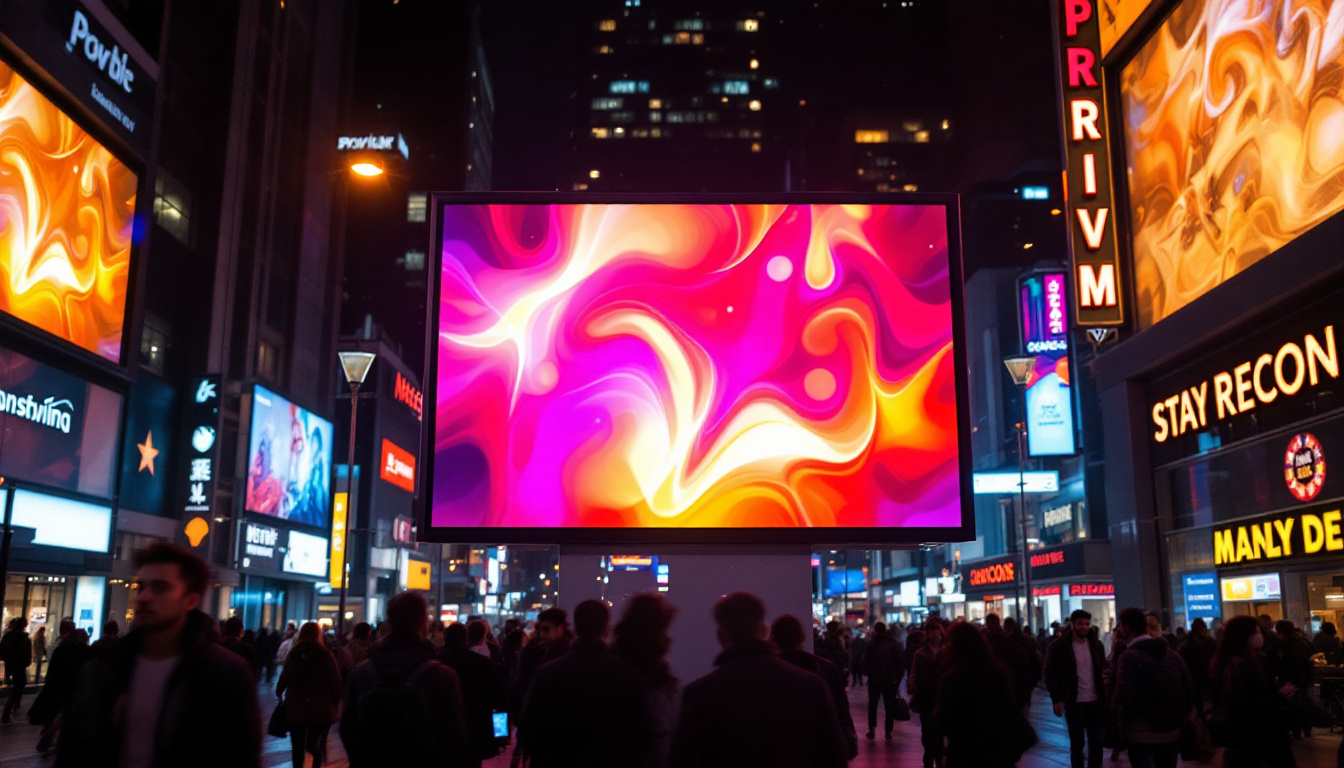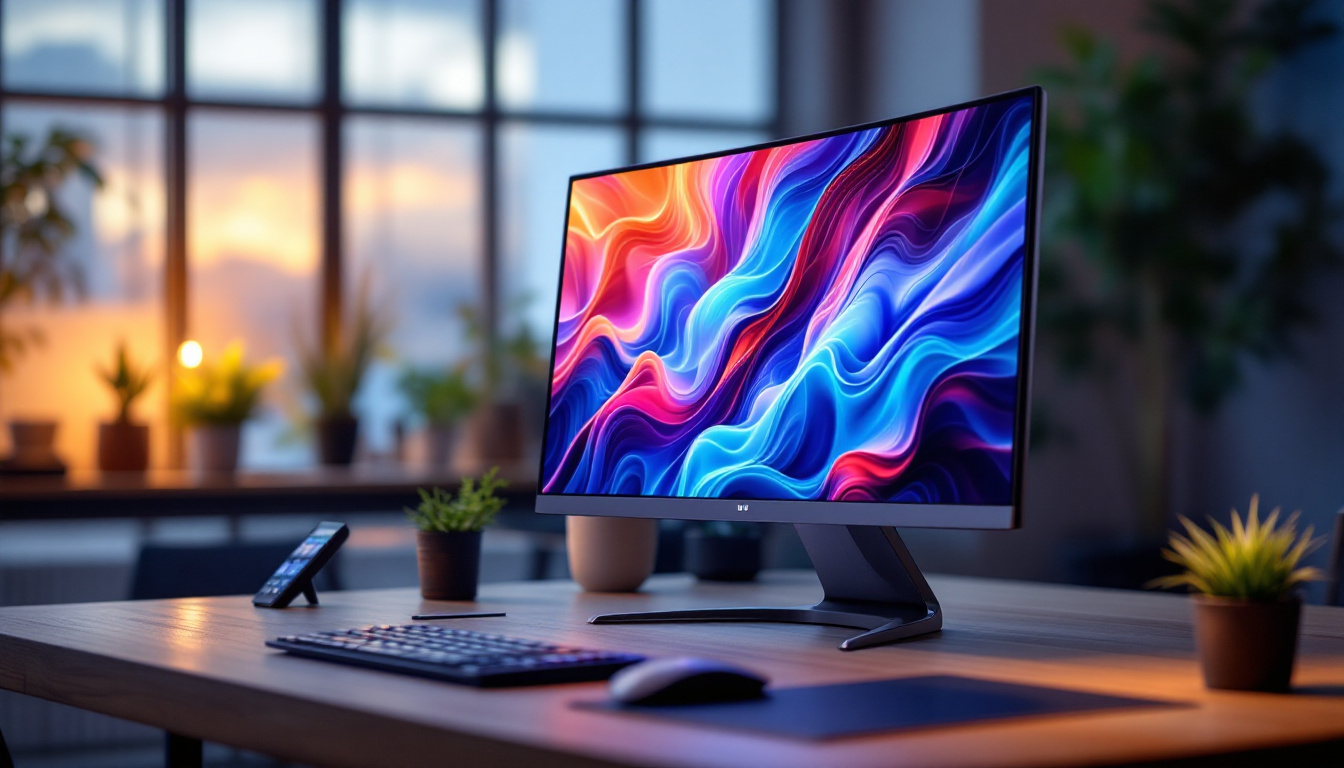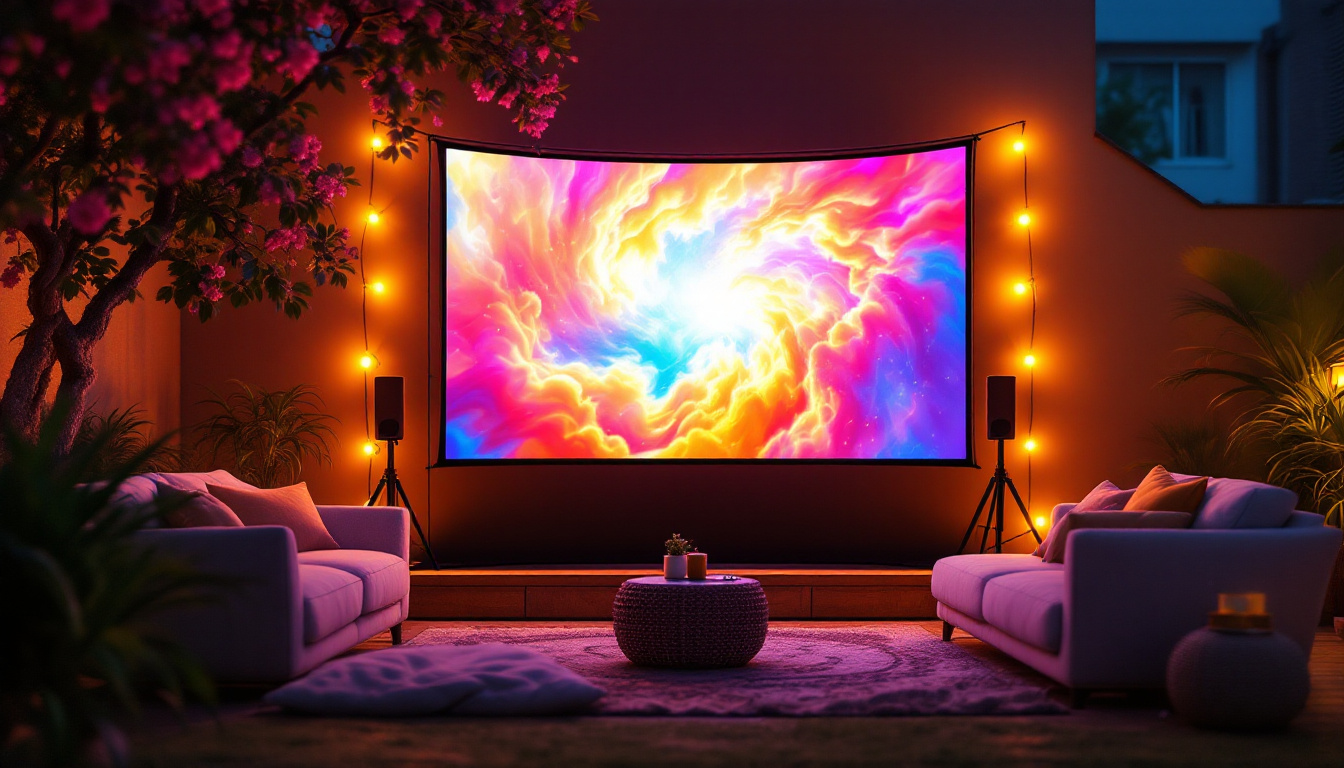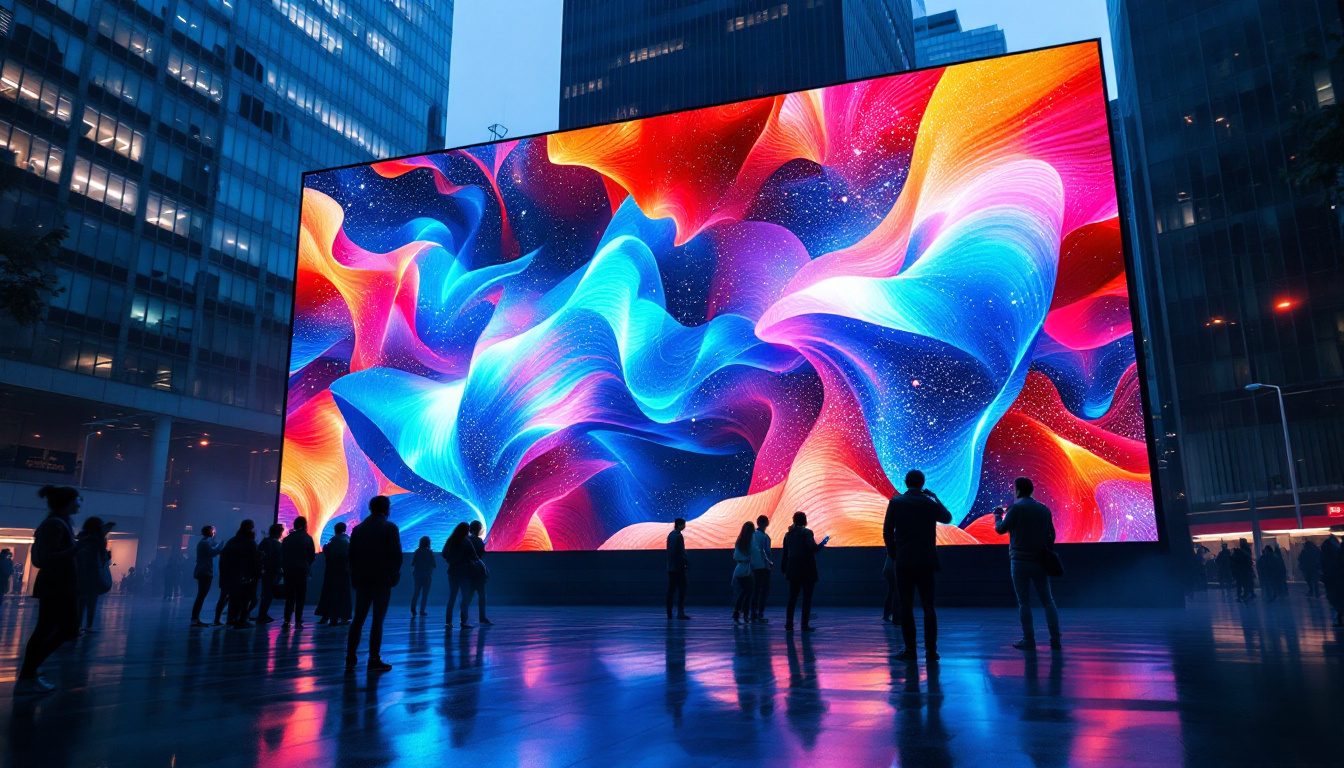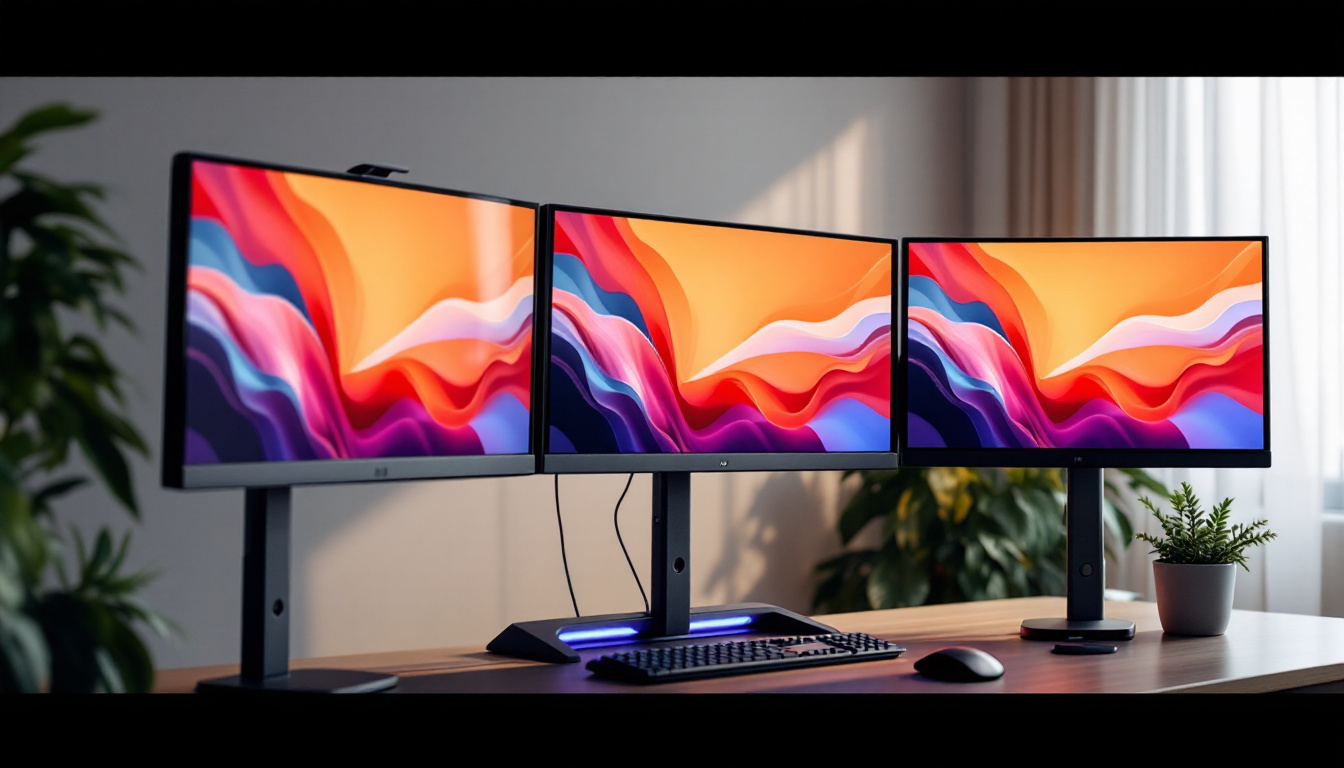Transparent PC Monitor: LED Display Explained
In the ever-evolving world of technology, the concept of transparent displays has captured the imagination of both consumers and professionals alike. Imagine a computer monitor that not only serves as a display but also allows you to see through it, merging digital content with the physical environment. This article delves into the fascinating realm of transparent PC monitors, focusing specifically on LED display technology and its implications for the future of computing.
Understanding Transparent Displays
Transparent displays are a blend of innovation and functionality, offering a unique way to interact with digital content. These displays utilize advanced technologies to create screens that can display images while still allowing visibility through them. The primary goal is to enhance user experience by integrating digital information with the real world.
How Transparent Displays Work
At the core of transparent display technology is the use of light-emitting diodes (LEDs). Unlike traditional displays that rely on opaque screens, transparent displays utilize a combination of transparent materials and LED backlighting. The LEDs illuminate the screen while allowing light to pass through, creating a see-through effect.
The technology behind these displays often involves liquid crystal displays (LCDs) or organic light-emitting diodes (OLEDs). In LCDs, a layer of liquid crystals is sandwiched between two layers of glass. The crystals can be manipulated to control light passage, allowing for transparency. OLEDs, on the other hand, emit light directly and can be made thinner and more flexible, providing even more potential for transparency.
Applications of Transparent Displays
The potential applications for transparent displays are vast and varied. In retail, for instance, transparent monitors can be used in storefront windows to display advertisements while still allowing customers to see the products inside. This creates a captivating visual experience that can attract more foot traffic.
In the automotive industry, transparent displays can be integrated into windshields, providing drivers with real-time information such as navigation and speed without obstructing their view of the road. This technology not only enhances safety but also adds a futuristic touch to vehicle design.
Moreover, transparent displays are being explored in the field of education, where they can serve as interactive learning tools. Imagine a classroom where students can view 3D models of the solar system or human anatomy projected onto transparent screens, allowing them to engage with the material in a more immersive way. This innovative approach could revolutionize how educational content is delivered, making learning more dynamic and visually stimulating.
Additionally, in the realm of architecture and interior design, transparent displays can be used to create smart windows that can change opacity or display information based on the time of day or user preferences. These windows could display art or information about the environment outside, effectively merging technology with aesthetics. The integration of transparent displays into everyday environments opens up exciting possibilities for enhancing both functionality and design in our living and working spaces.
LED Technology in Transparent Displays
LED technology plays a crucial role in the functionality and performance of transparent displays. Understanding how LEDs work and their advantages can shed light on why they are the preferred choice for transparent monitors.
The Basics of LED Technology
LEDs are semiconductor devices that emit light when an electric current passes through them. Unlike traditional incandescent bulbs, LEDs are energy-efficient and have a longer lifespan. They produce less heat and are capable of generating a wide range of colors, making them ideal for vibrant displays.
In transparent displays, LEDs are typically used as backlighting. The arrangement of these LEDs can vary, depending on the design and intended use of the monitor. For instance, edge-lit designs place LEDs along the edges of the screen, while direct-lit designs position them behind the display for more uniform brightness. The choice of arrangement not only affects the visual quality but also influences the overall energy consumption of the display, with edge-lit designs generally consuming less power while still providing impressive brightness levels.
Advantages of LED Displays
One of the most significant advantages of LED displays is their ability to produce high-quality images with excellent color accuracy and contrast. This is particularly important for transparent displays, where clarity is essential for effective communication of information. The vivid colors and deep blacks that LEDs can achieve enhance the viewing experience, making it easier for users to engage with the content being presented.
Additionally, LED technology allows for thinner and lighter designs compared to traditional display technologies. This is particularly beneficial for transparent monitors, as a sleeker profile enhances their aesthetic appeal and versatility in various applications. The lightweight nature of LED displays also facilitates easier installation and integration into a variety of environments, from retail spaces showcasing products behind glass to architectural installations where seamless integration with surroundings is key. Furthermore, the durability of LED technology means that these displays can withstand the rigors of high-traffic areas, making them a reliable choice for both commercial and residential use.
Challenges and Limitations
Despite the exciting potential of transparent displays, several challenges and limitations must be addressed for widespread adoption. Understanding these issues is essential for evaluating the future of this technology.
Visibility and Brightness Issues
One of the primary challenges with transparent displays is achieving adequate visibility in various lighting conditions. While these displays can be impressive in controlled environments, they may struggle in bright sunlight or well-lit spaces. The transparency can lead to diminished contrast and visibility, making it difficult for users to see the content clearly.
To combat this issue, manufacturers are continually working on improving the brightness and contrast ratios of transparent displays. Advanced technologies, such as adaptive brightness controls and anti-reflective coatings, are being developed to enhance performance in diverse lighting scenarios. Additionally, the integration of smart sensors that adjust the display settings based on ambient light conditions is being explored, which could significantly improve user experience in varying environments.
Cost and Production Challenges
The production of transparent displays can be more complex and costly compared to traditional monitors. The materials and technologies required to create a functional and visually appealing transparent display often result in higher manufacturing costs. This can limit accessibility for consumers and businesses alike.
As research and development continue, it is expected that production processes will become more efficient, ultimately reducing costs. However, for the time being, the price point remains a significant barrier to widespread adoption. Furthermore, the supply chain for the specialized materials needed for transparent displays can be unpredictable, leading to fluctuations in availability and price. This unpredictability can hinder manufacturers’ ability to scale production effectively, thereby impacting the overall market growth for this innovative technology.
Future Prospects of Transparent LED Displays
The future of transparent LED displays is promising, with ongoing advancements in technology and design. As manufacturers continue to innovate, several trends and developments are likely to shape the landscape of transparent displays in the coming years.
Integration with Augmented Reality (AR)
One of the most exciting prospects for transparent displays is their potential integration with augmented reality (AR) technologies. By combining transparent displays with AR, users could experience a seamless blend of digital and physical environments. This could revolutionize industries such as education, healthcare, and entertainment, providing immersive experiences that were previously unimaginable.
For example, in education, transparent displays could be used to overlay digital information onto physical objects, enhancing learning experiences. In healthcare, surgeons could benefit from real-time data displayed directly in their line of sight during procedures, improving precision and outcomes. Moreover, in the realm of entertainment, transparent displays could transform how audiences engage with performances, allowing for dynamic visuals that interact with the physical stage, creating a multi-dimensional experience that captivates viewers.
Advancements in Material Science
As research in material science progresses, new materials are being developed that can enhance the performance of transparent displays. Innovations such as flexible OLEDs and advanced polymers could lead to even thinner, lighter, and more efficient transparent monitors.
These advancements could open up new possibilities for applications in various fields, including architecture, interior design, and consumer electronics. The ability to create transparent displays that can be seamlessly integrated into everyday objects could change the way people interact with technology. Imagine windows that double as displays, providing information about weather, traffic, or even personal notifications without obstructing the view. Such innovations could not only enhance functionality but also contribute to energy efficiency, as these displays could potentially harness natural light while providing digital interactivity.
Conclusion
Transparent PC monitors represent a fascinating intersection of technology and design, offering a glimpse into the future of computing. With the integration of LED display technology, these monitors provide unique opportunities for enhancing user experiences across various industries.
While challenges such as visibility and production costs remain, ongoing advancements in technology and materials science hold the promise of overcoming these hurdles. As transparent displays continue to evolve, they are likely to play an increasingly significant role in shaping the way individuals and businesses interact with digital content.
In summary, the journey of transparent LED displays is just beginning, and the possibilities are as vast as the imagination allows. As technology continues to advance, the dream of a fully integrated digital and physical world may soon become a reality.
Discover the Future with LumenMatrix
Ready to step into the future of visual engagement? LumenMatrix is at the forefront of LED display innovation, offering a wide array of solutions that bring your brand to life. From Indoor and Outdoor LED Wall Displays to specialized options like Vehicle, Sports, and Floor LED Displays, our technology is designed to captivate and communicate with unparalleled clarity. Experience the transformative power of our Custom, All-in-One, and LED Transparent Displays. Check out LumenMatrix LED Display Solutions today and see how we can help you create unforgettable visual experiences.

